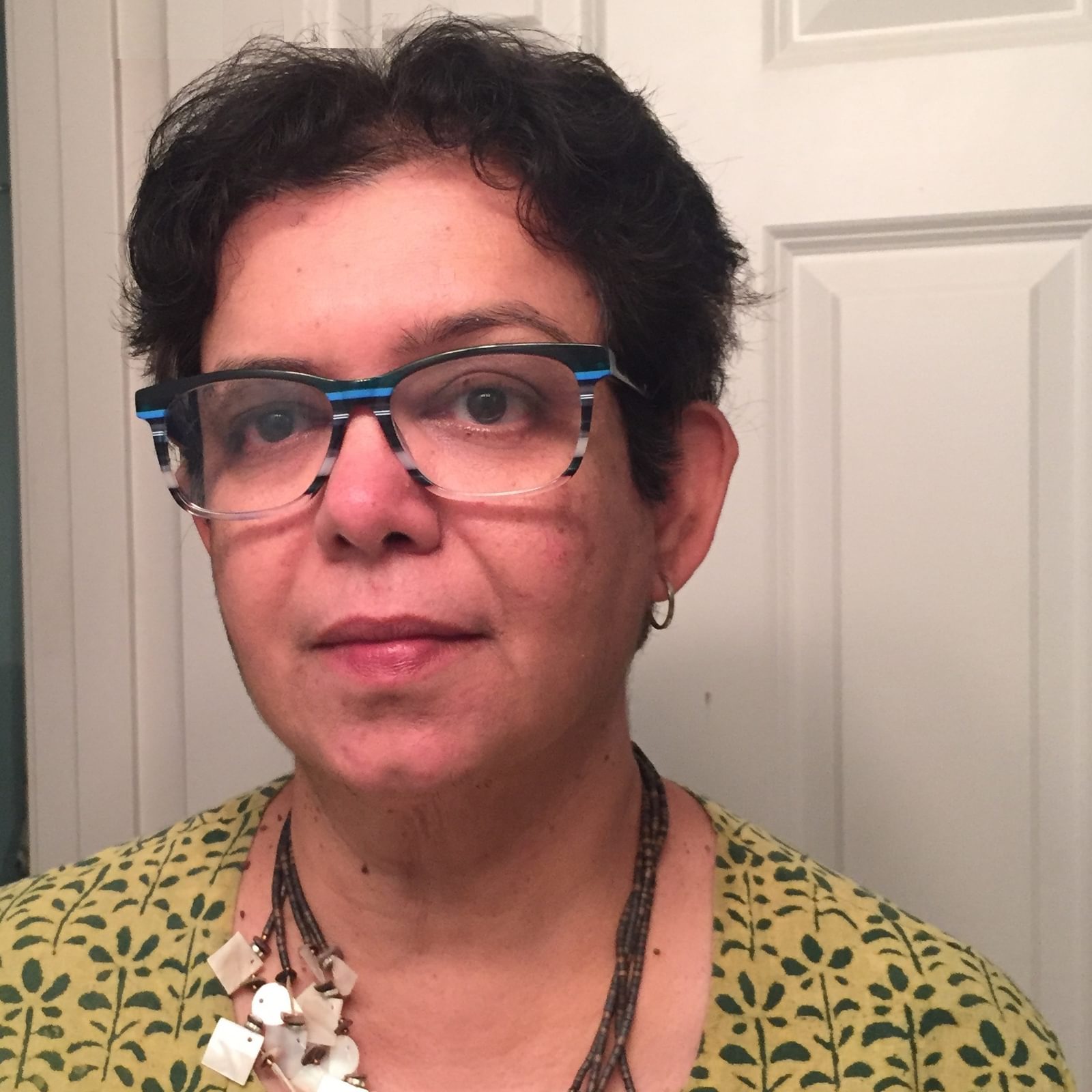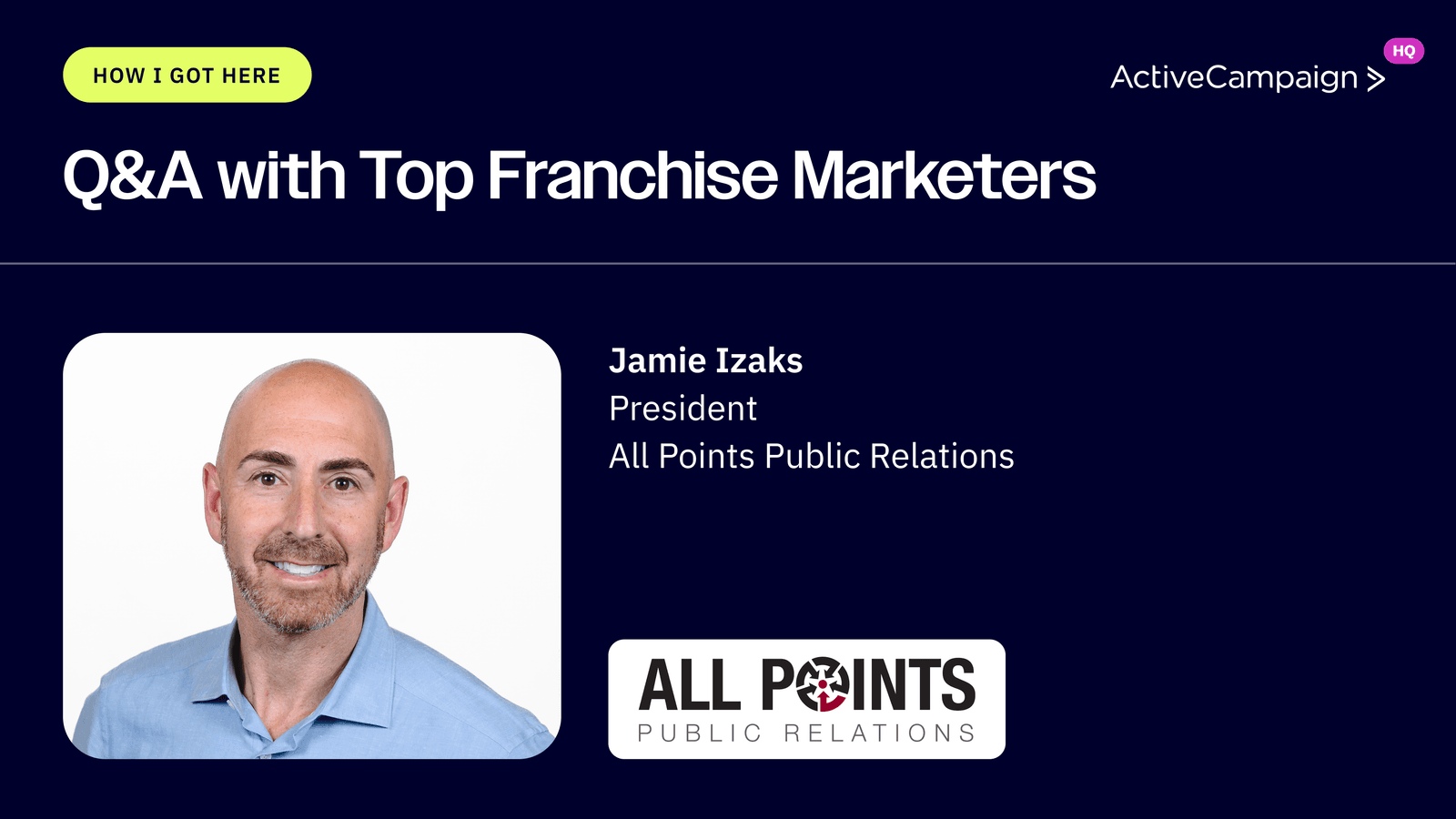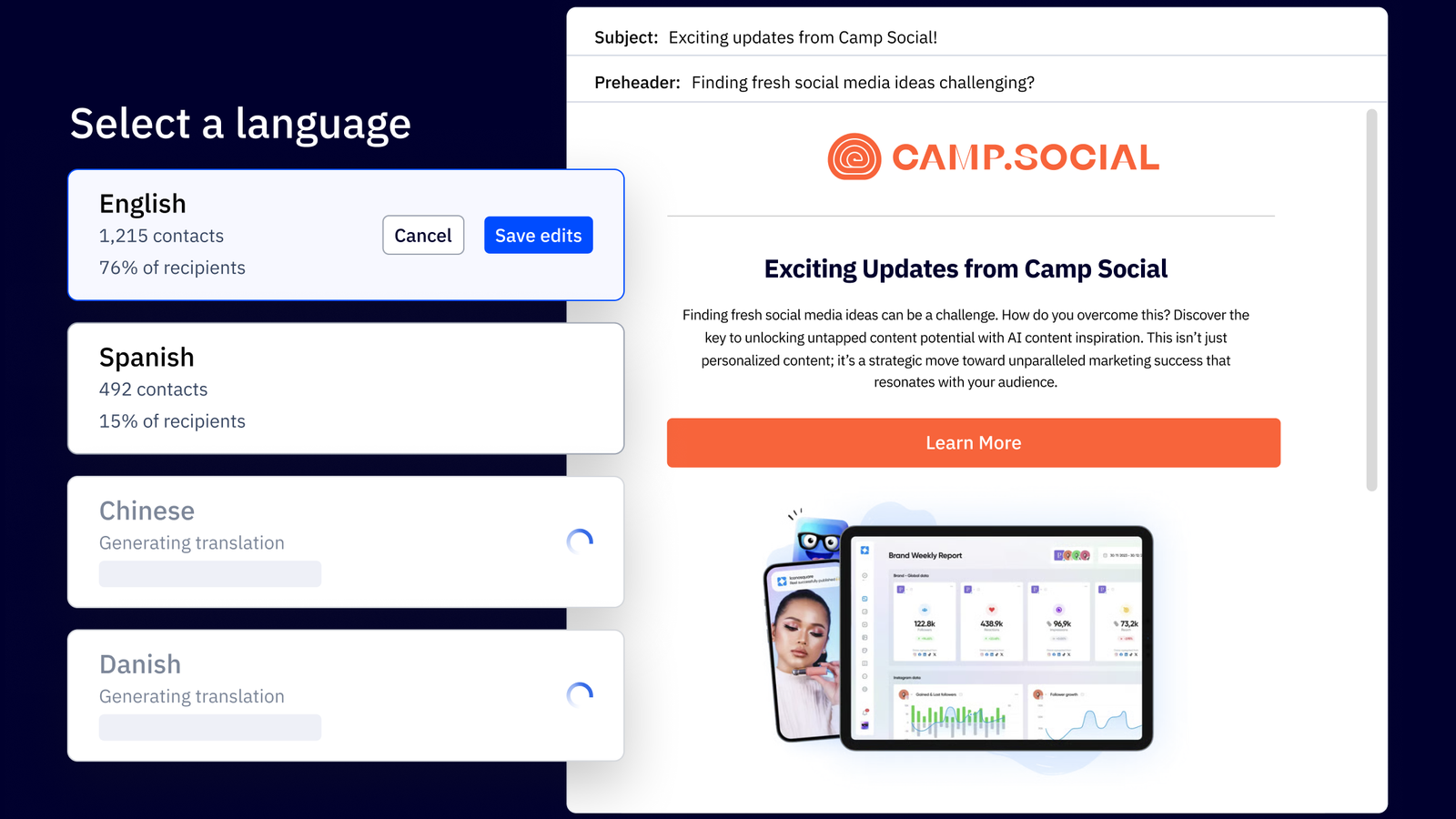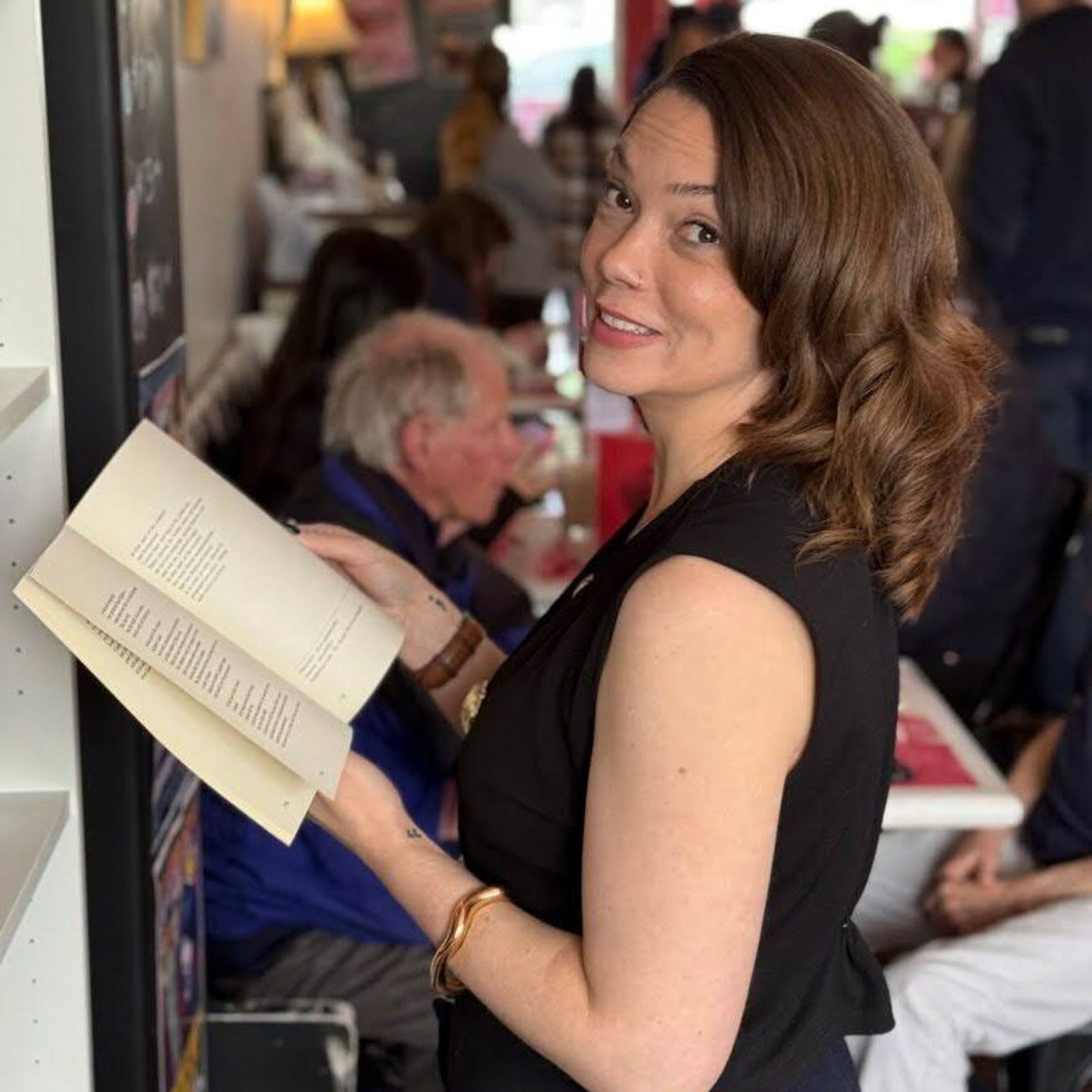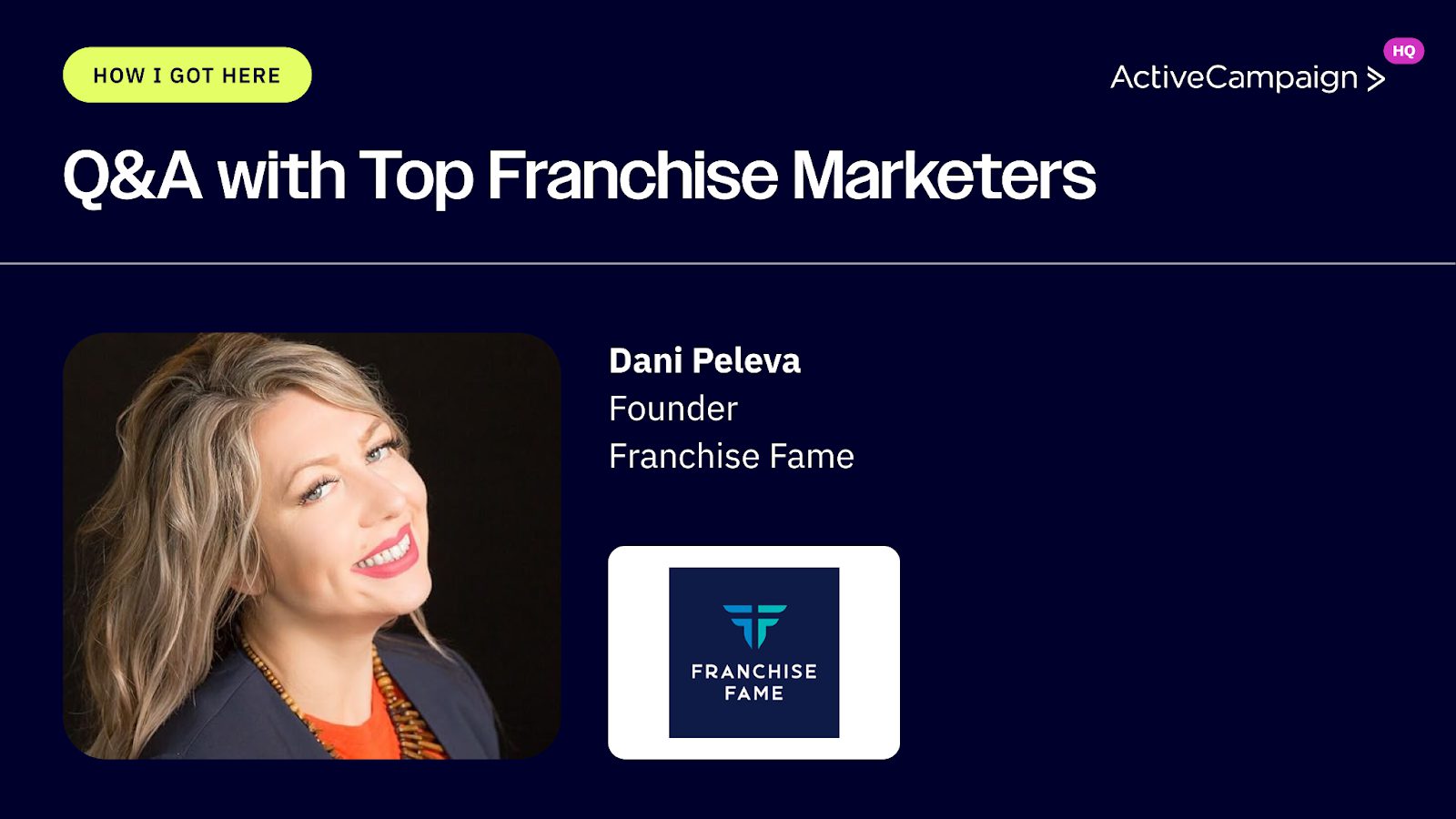Jamie Izaks can thank his stint in television journalism for his appreciation of timing and clarity in marketing storytelling. Those skills were useful when Izaks joined Hyatt Hotels Corporation.
It was here, through the Hyatt Place brand, that Izaks got his first taste of franchising. Later, working at Fishman PR, a public relations firm focused on franchising, cemented his passion for the industry and its keen entrepreneurship sensibilities.
In 2011, Jamie and his wife, Lauren, launched All Points PR, a franchise PR and marketing agency.
The agency now has a staff of 50 and has won numerous industry awards, including PR News Agency Elite, Entrepreneur’s Top Franchise Suppliers, Best Franchise PR Firm by Global Franchise, and the Bulldog PR Awards.
It was also recognized by Fast Company as a Top Workplace for Innovators. All Points has also helped secure national awards for its clients, with notable rankings on Entrepreneur’s Franchise 500 List, Franchise Business Review, Fast Casual Movers & Shakers, and Franchise Times Top 400.
Delivering such successes for franchise clients is not easy. Here, Jamie Izaks shares what works in today’s franchise marketing and PR and why he emphasizes creativity as key to his agency’s success — even in the age of AI.
What does All Points do for its clients?
We do both sides of franchise marketing for our clients. Using a sandwich shop as an example, we help them sell more sandwiches and we also help them sell more sandwich shops. HQ is our client, we work with their franchisees primarily as the outsourced PR team that is funded through the national ad fund.
"Using a sandwich shop as an example, we help them sell more sandwiches and we also help them sell more sandwich shops."
Given that, what does it take to do your job well?
We owe our success to the fact that we can streamline content across multiple channels and tell a client story in the most creative, comprehensive, and compelling manner. It’s not just about understanding franchising, it’s about being great at the integration of various media and marketing elements.
"It’s not just about understanding franchising, it’s about being great at the integration of various media and marketing elements."
Can you give me an example of that?
A health and wellness client that we work with had tasked us to elevate their appeal around Mother’s Day. The spa concept aims to be the place that everyone escapes to all year round, but in particular, they wanted to focus on Mom for Mother's Day.
So we worked with the client and used their CRM to identify their most loyal customers and created an entire luxury experience as the focal point of the campaign. We picked the most loyal because we knew they’d be engaged with the campaign and post about it on their social media as well.
We sent mailings, which included an incredible Turkish cloth robe and other luxury products to the target audience.
The marketing push got customers into the facility for Mother's Day, who then also bought products. The event got fantastic engagement on social media and great press, with seven million local press impressions. We were told the campaign increased Mother’s Day gift card sales by 45 percent over the previous year.
What are the challenges you have faced in the past few years and how have you solved them?
There have been some dynamic headwinds when it comes to franchise sales.
Over the past couple of years, though, unemployment has been low. When people have good-paying work, why would they want to invest in a franchise? This, coupled with the cost of franchising and the cost structure in general, and complexities related to development, has shrunk the pool of franchisees. Real estate has been more expensive, and interest rates on business loans have been higher. Also, busier and shrinking newsrooms aren't as open to media pitching.
Finding the right candidates, especially in some of the larger franchise sectors, like the restaurant category, has been challenging. We have had to overcome these hurdles by making sure that we connect [franchisors] with the right franchise prospects, using the right kind of message creatively. I’d be interested to see how things change moving forward. Unemployment might rise a little, and that could spark franchise investment.
You keep coming back to the word “creative” in your media and marketing strategies. What does that look like for you?
We have learned to lean into new forms of media. One of those would be influencers, which is something that we're very adept at.
Any words of wisdom for other marketers when working with influencers?
Don’t chase follower counts. Instead, look at the quality of content, the tone of the captions, and how the audience interacts. The best influencers feel like trusted friends to their followers. We recommend choosing creators who already live the brand’s lifestyle, so when they talk about a product, it’s natural and believable. Also, watch for audience location. If you're trying to drive traffic to physical stores, a national following won’t help if most of the influencer’s fans are in the wrong market.
Could you give me an example of an influencer campaign you have executed?
For example, for a juice, smoothie, salads, and bowls concept, we executed a two-month micro-influencers campaign to drive awareness and sales for the newly introduced Wildberry Glow Smoothie in select markets. The idea was to position the brand as a leader in the health foods category, one that appeals to a trendy customer base.
There were several micro-influencers on Instagram and TikTok, we connected with to get exposure. We used a mix of proprietary tools and manual research to identify micro-influencers in key local markets who aligned with the brand’s values — think health, wellness, vibrant lifestyle, and authenticity.
We focused on creators with high engagement rates, a clear aesthetic, and a track record of influencing food decisions within their communities. We prioritized influencers who had organically posted about smoothies, clean eating, or fitness, and who had a trusted voice — not just reach.
The results were outstanding:
- 10.2 million press impressions
- 230,000 influencer-produced impressions
- $36,000 ad equivalency value
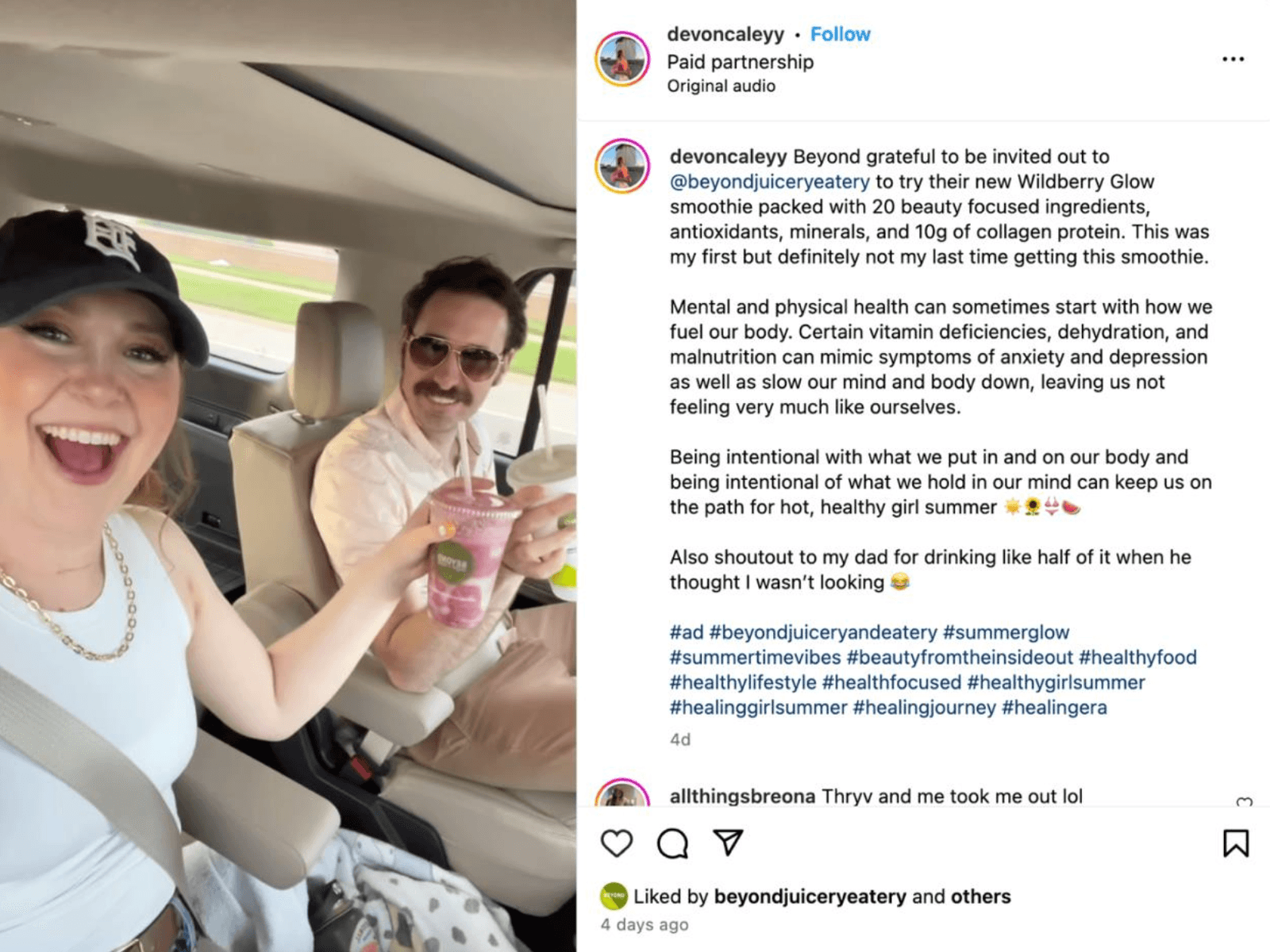
An influencer partnership for a client of All Points PR
For this campaign, influencer posts worked in tandem with local store marketing, email pushes to loyalty members, and digital ads geotargeted around participating stores. Influencers created the cultural moment — building credibility and conversation. Then our other channels reinforced the message and drove conversions. This strategy allowed us to meet customers where they are: in their feeds, inboxes, and neighborhoods.
Given your years of experience in the industry, what is your advice for fellow franchise marketers?
Even the slightest bit of change in the economy can alter a franchise investor’s perspective on making an initial or additional franchise investment. So, depending on the conditions, it’s important to amplify the variety of benefits of franchising with a particular concept. For instance, for a service-based brand, highlighting that it’s an essential business indicates that it is resilient to economic downturns. Whereas in rosier economic conditions you might lean into an “American Dream” angle.
In a buyer’s real estate market, restaurant brands can promote affordability and strong availability, whereas in a tough real estate market, you lean into flexibility, innovation, and cost-saving measures.
Too often in franchising, we're dealing with mountains instead of mole hills. You really have got to remove the barriers to marketing and be nimble, whether you're marketing the franchise opportunity or the product and service. You have to orchestrate your marketing department that way.
Could you give me an example when you had to be nimble and adjust to changes in the marketplace. Do you remember when you guys had to pivot and do that yourself?
Thankfully, we have a great visionary in my co-founder and wife Lauren, who is helping us be very nimble. Our reaction to the emergence of AI is one great example. In the franchise marketing world, there's a lot of automation built into communication tools. We roll with change and own it, not just accept it.
I wouldn't call it a seismic shift in how we work, but it's probably been three and a half years since we first trained on AI. Now we are very accepting of ChatGPT and know how to use it. We use GPT and other AI tools as creative accelerators and efficiency boosters — they’re baked into nearly every stage of our workflow, but always guided by human strategy and oversight.
For example, our writers often use GPT to kickstart brainstorming sessions, draft outlines, or explore multiple angles for press releases, blog posts, or social content. It helps unblock the creative process and surface ideas quickly. But the final voice and polish always come from our team — we believe nuance, tone, and brand authenticity can’t be automated.
In design, AI helps us generate mood boards, test visual directions, or speed up revisions. It’s especially helpful when we need to pitch multiple creative concepts on a tight deadline.
We also use AI to support media monitoring, sentiment analysis, and trend spotting — allowing us to give clients faster, more insightful reporting and adjust campaigns in real time.
The key is: We never use AI to replace judgment, creativity, or relationships. We use it to free up more time for high-level thinking and personal touches — because that’s where the magic of PR lives.
For press monitoring and sentiment analysis, we use AI-powered tools to track brand mentions across news outlets, blogs, podcasts, and social media. These tools don’t just show us where coverage is happening — they analyze how the brand is being talked about. Is the tone positive, neutral, or negative? Are there emotional cues in the language? Is the conversation growing or fading?
This helps us quickly flag what’s resonating, spot potential issues, and identify high-impact stories to amplify further.
We use that data to provide clients with digestible, visual reports that go beyond “here’s a list of links.” It becomes, “Here’s what people are feeling about your brand and why it matters.”
In digital campaigns, AI helps us spot trends — like which messages are getting the most engagement or which creative formats are outperforming. For example, if a paid social campaign is running across five markets, and we see early signals that smoothie content is outperforming bowl content in Texas, we’ll shift spend, messaging, or influencer assets in real time. It’s no longer a “launch and hope” approach — it’s live optimization, guided by real audience behavior.
AI isn’t doing the thinking for us — it’s giving us sharper data, faster. That frees our team to focus on what matters most: strategic decisions, creative pivots, and smart storytelling.
"Our writers often use GPT to kickstart brainstorming sessions, draft outlines, or explore multiple angles for press releases, blog posts, or social content."
How have you seen franchise marketing evolve over the past few years?
First, something that hasn’t changed much is the entrepreneurial spirit of franchisees and franchisors. Their ambition is something that never fades, and their desire to always be growing from a unit count standpoint is something I see as unique to franchising.
Many people want the independence of owning a business, but they don’t want to start from scratch. Franchising offers a proven playbook, support system, and brand recognition. It’s the sweet spot between entrepreneurship and stability.
Likewise, we’ve worked with countless franchisees who left corporate careers after burnout, layoffs, or lifestyle changes. One former tech executive told us, “I wanted to build something I could hand down to my kids —and still be home for dinner.” Franchising became their next chapter.
And, franchisees often want to be part of something bigger than themselves. Whether it's opening a fitness studio, a restaurant, or a tutoring center, they love that they're delivering something meaningful to their local community. One franchisee of a wellness brand recently shared that her store had become “a hub for positivity in our neighborhood” — that’s a powerful driver.
Plus, for first-time business owners or couples investing together, franchising provides training, systems, and guardrails that reduce the guesswork. It’s not risk-free—but it’s less chaotic than starting a business alone.
Lastly, especially in recent years, we’re seeing more people choose brands that reflect their values — whether it’s health, sustainability, education, or innovation. One franchisee told us, “I loved the product, but I signed because I believed in the purpose behind it.”
In the last five years, I have been surprised by the consolidation of the industry, with private equity consolidating businesses at the franchisor level. You have similar currents going on at the franchisee level, too. Every segment of our industry is consolidating, which is a bit surprising to me. I didn't think the ownership of the industry would become so consolidated, but it really has.
